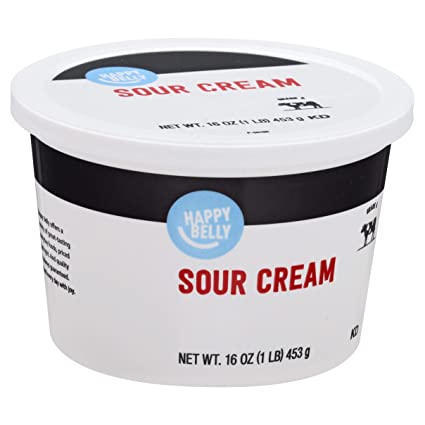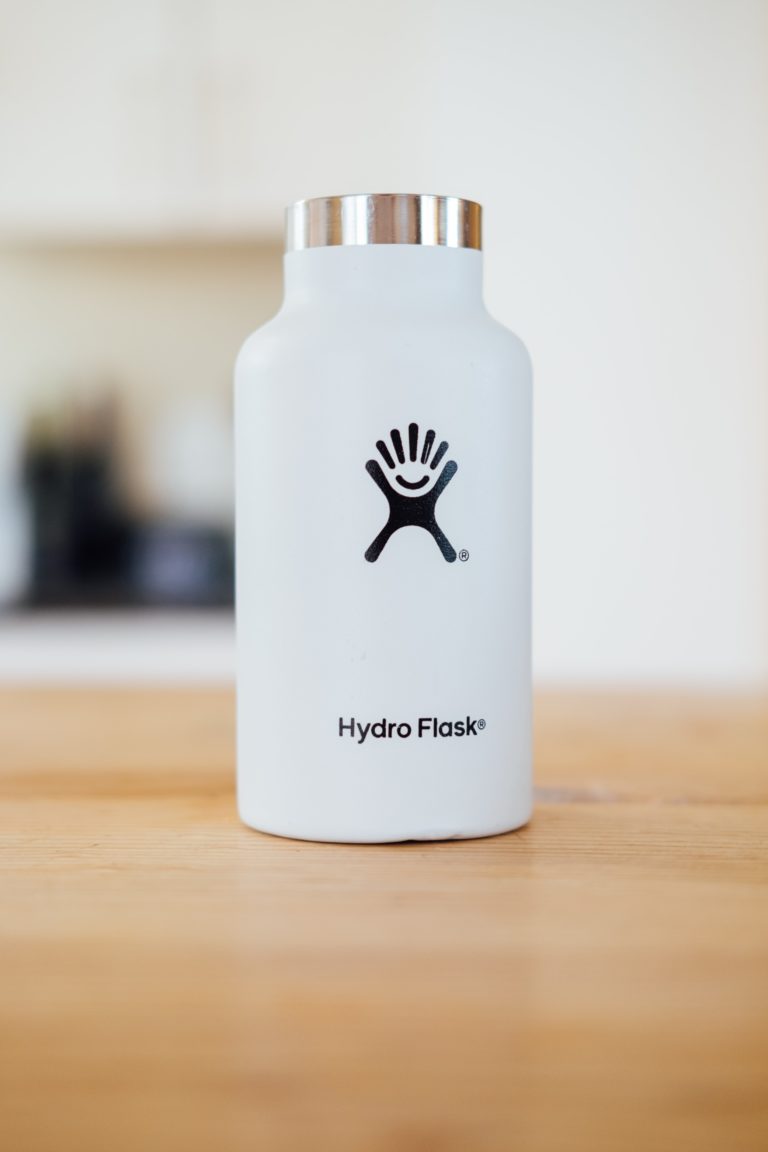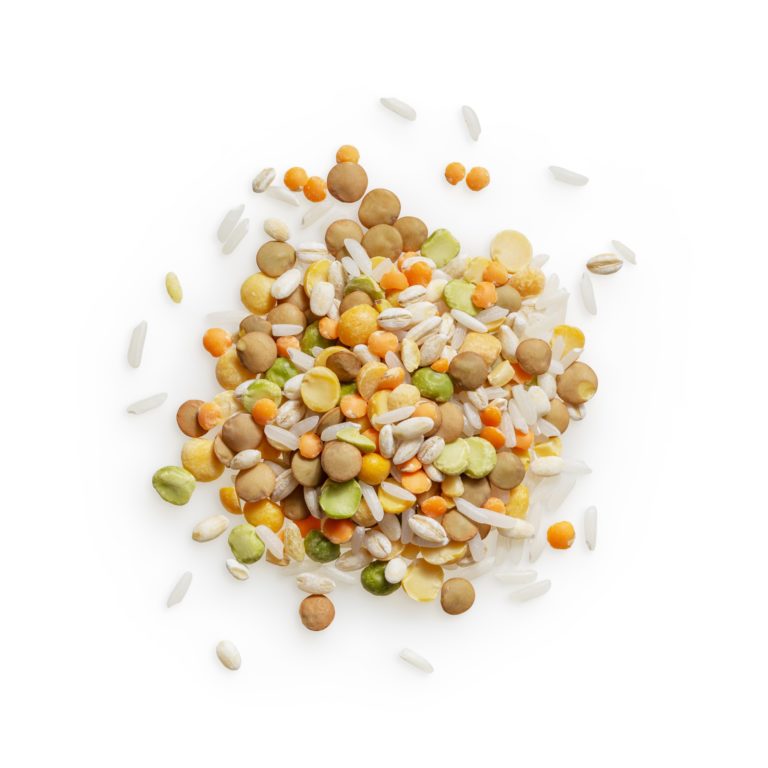How Long Can You Microwave Sponge?
After a while, sponges can turn into unpleasant odors and harbor bacteria. If you want to keep using the same sponge, microwaving a sponge is a quick and easy way to destroy it.
Microwaving a sponge is enough to kill it, but how long will it take to microwave a sponge to kill it?
Table of Contents
Kitchen Sponges and Bacteria
The sponges are a good environment for bacteria to thrive. They are usually damp and foamy, which can trap food debris, and cause bacteria to develop.
54 billion bacteria can be found in a sponge of 0.06 square inches. A sponge with a standard size of 6x4x2” has a volume of almost 800 square centimeters.
The entire sponge can contain more than 42,000 bacteria if 54 billion of them can be found in a single cubic centimeter.
The good news is that most of these organisms are not harmful. There are less than 1% of all the known types of bacteria that can cause illness in humans.
One of the reasons you need to clean your kitchen sponge is because of the organisms in it.
Some viruses and parasites can be picked up by sponges. They can also be used as a breeding ground for mold and yeast.
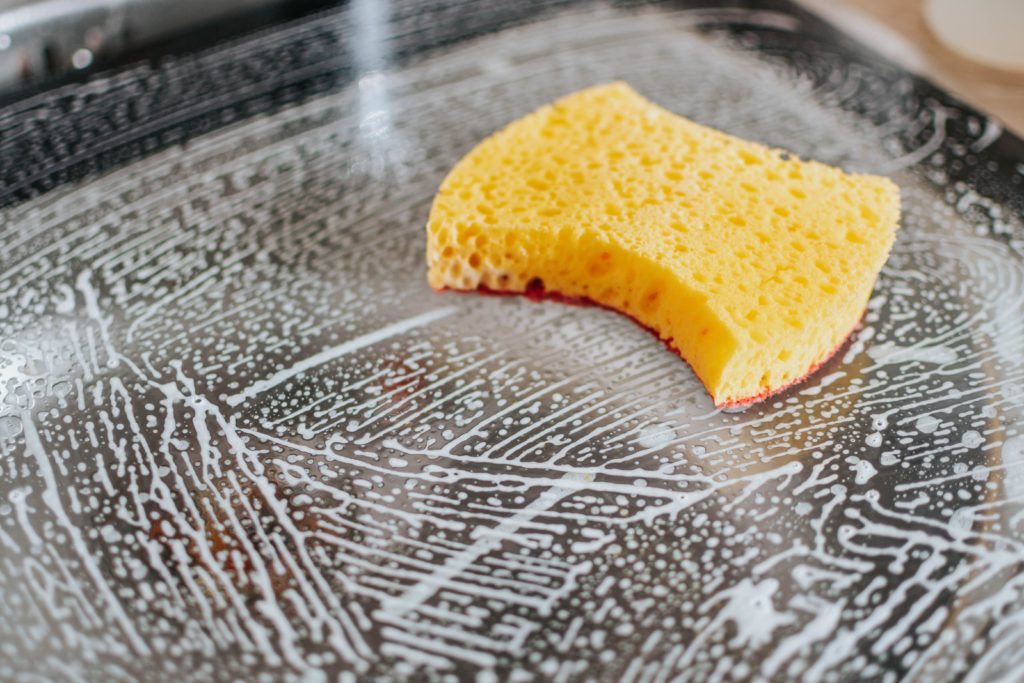
Does Microwaving a Sponge Help?
In 2007, the USA Agricultural Research Service conducted a study to see if microwaving could kill bacteria in kitchen sponges.
Researchers found that microwaving a sponge for a few minutes could eliminate 99 percent of the germs.
Microwaving the sponges reduces the amount of yeast and mold in the sponges to less than 1% of their initial levels.
How Long Do I Need To Microwave Sponge?
The water molecule vibrates when microwaves are used to warm food. The heat that cooks the food you’re microwaving comes from the vibrating of these molecules.
When you place a sponge in the microwave, make sure it’s moist by soaking it in a bowl of clean water or running it under the kitchen faucet for a few seconds.
It will take two minutes to get the water molecule to vibrate fast enough to cause it to boil and kill the organisms.
If you microwave a kitchen sponge that is thicker than standard sponges, you can make sure it is safe to eat. It’s possible to add a few minutes if your sponge is stinky.
How Often Do I Need To Microwave Kitchen Sponge?
It is recommended that you replace your kitchen sponge every two weeks. If the sponge looks damaged or there is an unpleasant smell, you should replace it sooner.
If you cook meals at home several times a day and do the dishes two or three times a day, you should replace your kitchen sponges more frequently.
Microwaving your kitchen sponge once a week is the best way to get rid of coliform in the kitchen.
Microwaving your sponge is a good way to get rid of it, but it does not mean it will last forever. After two to three weeks of use, it’s time to replace it.
If you can reuse your kitchen sponge, it is a good idea to clean it.
It is more sanitary to use a brand new sponge to do the dishes and reuse the old sponge that you use in other areas of your home where you do not prepare food.
How to Disinfect a Sponge in the Microwave?
You can use different methods to clean your kitchen sponge in the microwave.
Quick and Easy Way
The method of disinfecting your kitchen sponge only takes two minutes.
- The sponge has to absorb some water.
- It can be placed on a plate or another microwave-safe dish.
- For about two minutes, microwave it.
- You’re done!
Advanced Cleaning
If you want to make sure you get rid of as many germs as possible, you can immerse the sponge in the water.
- Take some water and put it in a bowl.
- The sponge has to be immersed in the water.
- The water in the bowl needs to be microwaved for four to five minutes to reach its boiling point.
- You should let the bowl cool off before touching it.
Using Water and Vinegar
acetic acid can kill bacteria as well as break down oil and films, and it is found in white vinegar.
If you have a dirty sponge with a film on it, using a mix of water and white vinegar is a great way to destroy it.
- It’s a good idea to put the white vinegar in the water. Prepare a solution with one part warm water and one part white vermouth.
- You should immerse your kitchen sponge in this solution.
- The solution should be microwaved for two to three minutes.
Is It Safe to Microwave Your Sponge?
There is an answer to that. It is safe to microwave your sponge if it is made of materials that are compatible with the microwave.
The sponge is made of two materials: one is soft yellow and the other is abrasive. Microwaving a kitchen sponge is usually safe, but there are a few things to keep in mind.
As much water as possible should be absorbed by the sponge. The plastic materials can burn if the sponge is too wet. Toxic gasses can be released from burning plastic.
The unpleasant smell can linger in your microwave Since the abrasive side of the sponge doesn’t retain water well, there’s a higher risk of burning or melting.
If you want to clean a sponge with an abrasive side, immerse it in a bowl of water. It is important to keep an eye on the sponge while microwaving.
If it is your first time microwaving a sponge in the microwave, you should do it in 30 seconds, and make sure the sponge is moist.
Is Scotch-Brite Sponge Microwave Safe?
Yes, that is right! The green abrasive side of Scotch-Brite sponges was made from recycled plastic.
It is safe to microwave these sponges if you immerse them in water to make sure the abrasive side has enough hydration.
Which Sponges Aren’t Microwave Safe?
Microwaving sponges that contain metal is not a good idea. There are sponges with steel pads that are not safe to microwave.
Microwaving a sponge that has metal will cause a fire in the microwave. It’s best to not microwave a sponge if you don’t know whether it contains metal.
Other Methods of Disinfecting Kitchen Sponges
The microwave is a quick and easy way to get rid of a kitchen sponge, but there are other methods you can use.
Vinegar
If you want to rid your sponge of bacteria, you can soak it in white vinegar for five minutes.
The method can help eliminate strong smells, but it isn’t an EPA-approved disinfectant because it isn’t strong enough to kill 99% of the germs.
It is a good way to extend the lifespan of a kitchen sponge, but it is not as effective as other methods.
Bleach
Researchers from the USDA Agricultural Research Service tested Bleach as a cleaning method in a study. Scientists found that a bleach solution could eliminate a lot of bacteria.
Depending on how concentrated the bleach solution is and on the type of bacteria you are dealing with, the results will vary.
Bleach isn’t as effective as microwaving your sponge, but it is better than not cleaning your sponge. You should mix bleach with a water solution, according to the CDC.
If you want to add bleach to a gallon of water, you need to add at least four and a half ounces of bleach per quart of water.
Before rinsing it thoroughly, let your kitchen sponge soak for at least five minutes in a bleach solution. You shouldn’t use a microwave to cook bleach solution.
It is possible to kill more bacteria by heating water, but it is also possible to cause bleach particles to get into your microwave.
Bleach can cause damage to the plastic inside your microwave.
Dishwasher
The USDA Agricultural Research Service looked at how well a dishwasher could clean sponges. The study found that a dishwasher cycle could kill a lot of bugs.
This number is comparable to the results you can get with a microwave, and it is much higher than if you were to use bleach or vinegar to make a sponge.
If you use a drying cycle you can get better results. You can clean your dishes and sponges in the dishwasher, which is convenient. It is a great way to get rid of bad smells.
The downside to using a dishwasher to clean sponges is that the water pressure and cleaning cycle will damage the sponge and cause it to fall apart sooner.
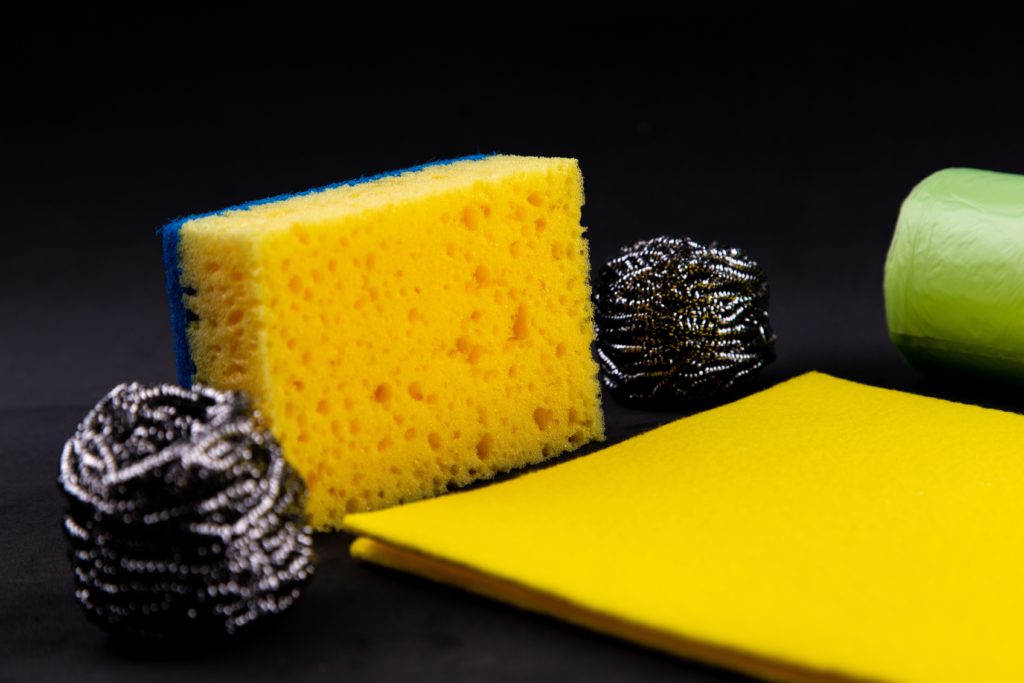
Conclusion
You should be able to clean your kitchen sponges regularly now that you know how long to microwave a sponge and the best techniques to use.
Microwaving a sponge takes a couple of minutes and eliminates most of the bacteria. It is a quick and easy way to prevent mold and other harmful organisms from growing.

Foodie and a passionate cook, I am here to share all of what I know about cooking, kitchen, and food prepping.
Follow me for delicious and healthy recipes.

